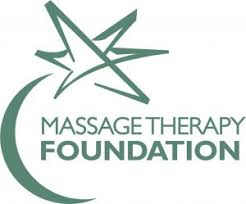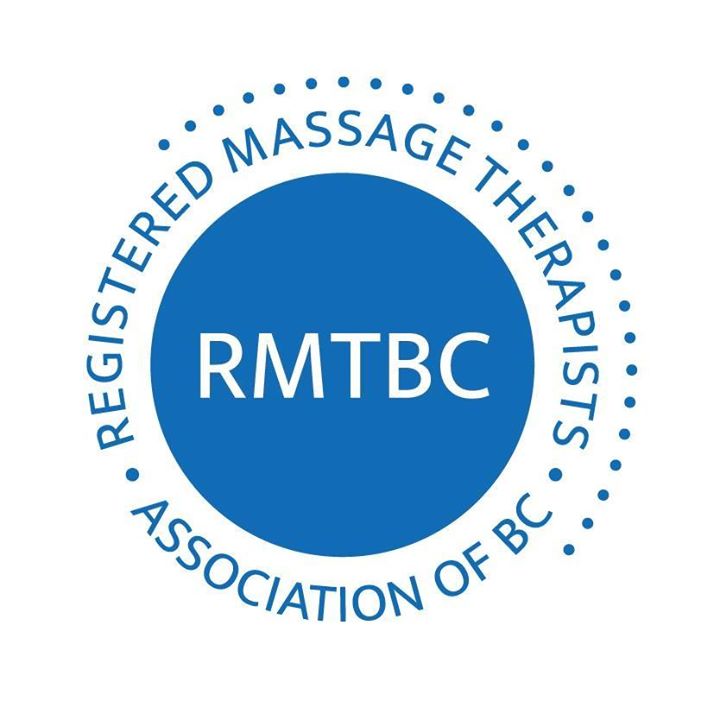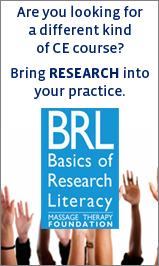Pregnancy-related Pelvic Girdle Pain and Pregnancy Massage: Findings from a Subgroup Analysis of an Observational Study
Abstract
Background: Pregnancy-related pelvic girdle pain (PPGP) significantly impacts women’s lives both physically and psychologically. Given the severity and impact of PPGP on pregnancy, the authors anticipated that pregnant women with PPGP might respond differently to massage than pregnant women without PPGP.
Purpose: The aim of the study was to further analyze a published 2017 study to assess the response of pregnancy massage in participants with and without PPGP.
Setting: Two massage clinics, one in Sydney and one in Melbourne, recruited participants from December 2016 to December 2017.
Participants: Nineteen women with PPGP and 78 without PPGP.
Research Design: PPGP and non-PPGP women receiving at least one massage, with outcome measures assessed immediately prior to and after massage, and again one week post-massage.
Main Outcome Measures: Visual analog scales for pain, stress, range of movement, sleep, and self-reported side effects of massage.
Results: Both groups changed significantly and similarly over time for measures of pain, stress, range of motion, and sleep (all p < .05). Post hoc analysis found significant reduction in all outcome measures immediately following massage, but returned to baseline at one week post-massage for all measures except pain, which remained reduced for the PPGP group (49.79±25.68 to 34.75±34.75, p = .03, effect size 0.593), and stress remained reduced in the non-PPGP group (33.36±21.54 to 24.90±19.18, p = .002, effect size 0.373). The PPGP group entered the study with higher baseline levels of pain (p = .01) and a greater restriction in range of motion (p = .006) than the non-PPGP group. There was no difference in the number of side effects experienced between the two groups (p = .130).
Conclusions: Although PPGP clients report greater pain and restriction in range of motion at baseline than non-PPGP clients, the response to pregnancy massage was similar. Results support a role of pregnancy massage in the management of PPGP. More research on massage for PPGP is needed to confirm a lasting effect of pain reduction from massage.
Downloads the last 12 months
License
Copyright (c) 2020 Authors

This work is licensed under a Creative Commons Attribution-NonCommercial-NoDerivatives 3.0 Unported License.





.png)





